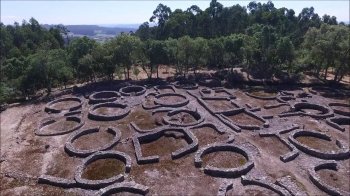Explore the best places
Discover new places in Póvoa de Varzim
Casino da Póvoa
- leisure
Edifício do Casino da Póvoa de Varzim
4490-403, Póvoa de Varzim
Cultural space where several shows take place. This building dating from the 30s of the 20th century also has a recreational component linked to the game that works as a pole of attraction for the city of Póvoa de Varzim. With three distinct cultural spaces: the Salão d'Ouro, the Atrium Piano Bar and the Egoísta restaurant.
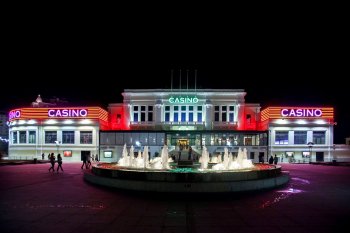
Marinheiro
- food & drink
Rua Gomes de Amorim, 1842
4490-091, Póvoa de Varzim
A large boat shaped restaurant, with a decor that gets its inspiration from the fishing community. It serves regional and international dishes. A special note to the fish dshes.
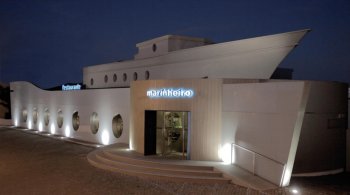
Miradouro de São Félix
- country
- leisure
Rua de São Félix
4570, Póvoa de Varzim
Viewpoint located at the highest point of the Serra de Rates, at about 200 meters of altitude, where you can find traces of an Iron Age fort, the Chapel of São Félix and some windmills adapted for holiday homes. This entire area offers fantastic views over the sea, the city and the mountains.

Estádio do Varzim Sport Club
- leisure
Rua do Alto de Martins Vaz
4490-475, Póvoa de Varzim
Stadium with a capacity for 7000 seats, with three covered countertops and a discovery.
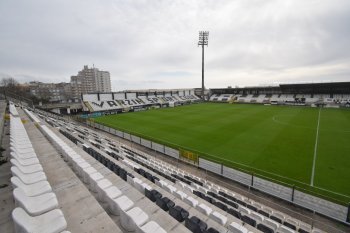
Igreja Românica de São Pedro de Rates
- heritage
Largo do Conde Dom Henrique, 1870
4570-412, Rates
This is a Romanic temple that used to belong to the first convent of Cluny in Portugal and it suffered several transformations on the XVII and XVIII century. From this granite construction it is worth to mention the sculptures adorning the multiple capitals and two granite sculptures from the XII century. IT should be mentioned that this church had origins in a chapel with small dimensions dated from the Reconquest period.
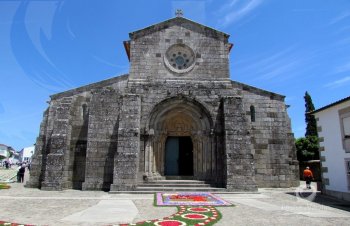
Igreja de Nossa Senhora das Dores
- heritage
Largo das Dores
4490-421, Póvoa de Varzim
This church is dated from the 18th century and it possesses a pentagonal plan and a portico topped by a big window that is inserted in the baroque period. On the inside it displays images from Maria six pains and a seventh figure is placed close to the altar.

Igreja de Nossa Senhora da Conceição / Igreja Matriz da Póvoa de Varzim
- heritage
Rua da Igreja e Rua de São Pedro
4490, Póvoa de Varzim
Temple built in the second half of the 18th century, has a Baroque façade, with two bell towers to skirt around the central body. The portico is crowned by the Royal coat of arms. To emphasize the altars of gilt and the altarpiece of the main Chapel, in Rococo style, and even the two retables ship's double.
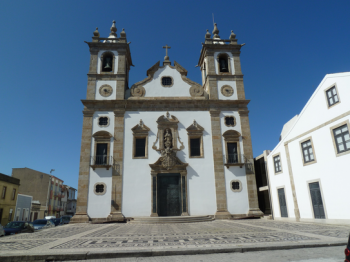
Fortaleza de Nossa Senhora da Conceição / Fortaleza da Póvoa de Varzim
- heritage
Rua Tenente Veiga Leal, 40
4490-586, Póvoa de Varzim
Fortress with a polygonal plan and four bastions. It has sloping and robust curtains. The well-vaulted, flanked gate, crowned by the royal shield and bell tower, faces the village. It was built during the reigns of Dom Pedro II and Dom João V, in the 18th century, in order to defend the coastal area from pirate attacks.
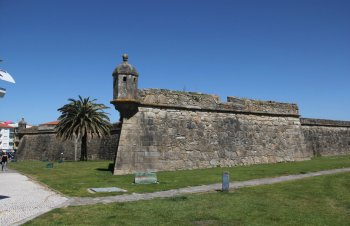
Edifício da Câmara Municipal da Póvoa de Varzim
- heritage
Praça do Almada, 16
4490-438, Póvoa de Varzim
Building dating from the 18th century, the present main ground floor facade arches of Ashlar and, upstairs, tile flooring in the 19th century. At the top, are the Royal Arms and the middle of the building, rises the clock tower. This construction marks the urban reform held by the Corregidor and purveyor of the District of Porto, Francisco de Almada e Mendonça.
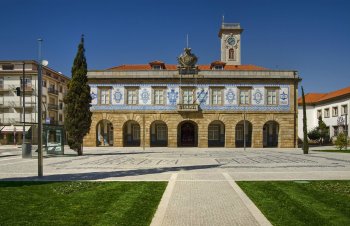
Cividade de Terroso
- heritage
Rua da Cividade, 20
4495-520, Terroso
Fortified village with defensive organization consisting of three lines of walls. On the central platform, the urban planning shows an axial paved street, through the center of the village, appearing to intersect with another, forming four large units. Each one of them is divided into family nuclei made up of several buildings around a patio that is almost always paved. The excavations carried out from the beginning of the 20th century confirm the occupation of this region in a period that extends from the 7th century BC. until the 1st century AD.
